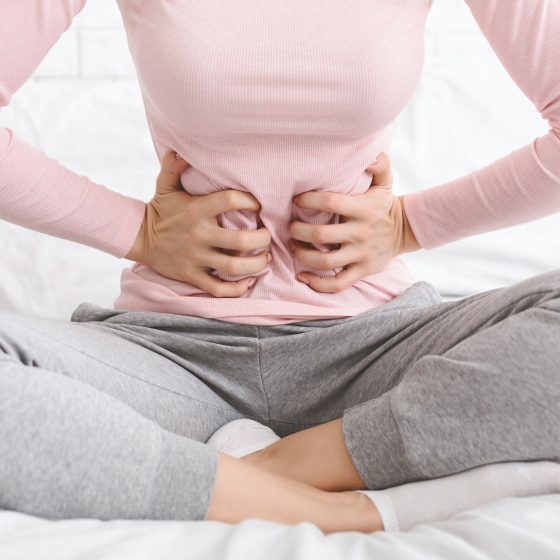Small Bowel Conditions
Coeliac disease This is a condition characterised by T cell-mediated damage of the small bowel villi due to gluten exposure, which leads to malabsorption. Gluten is found in wheat and grains and causes reduced mucosal absorption in the distal duodenum +/- proximal jejunum. It is associated with HLA-DQ2 and HLA-DQ8, and onset has a bimodal prevalence pattern, presenting in childhood and again between 50–60 years. If untreated, it can lead to T cell lymphoma of the small intestine. Symptoms Diarrhoea, bloating, abdominal pain Steatorrhea, weight loss Fatigue and failure to thrive Hyposplenism Anaemia secondary to iron, folate and vitamin

